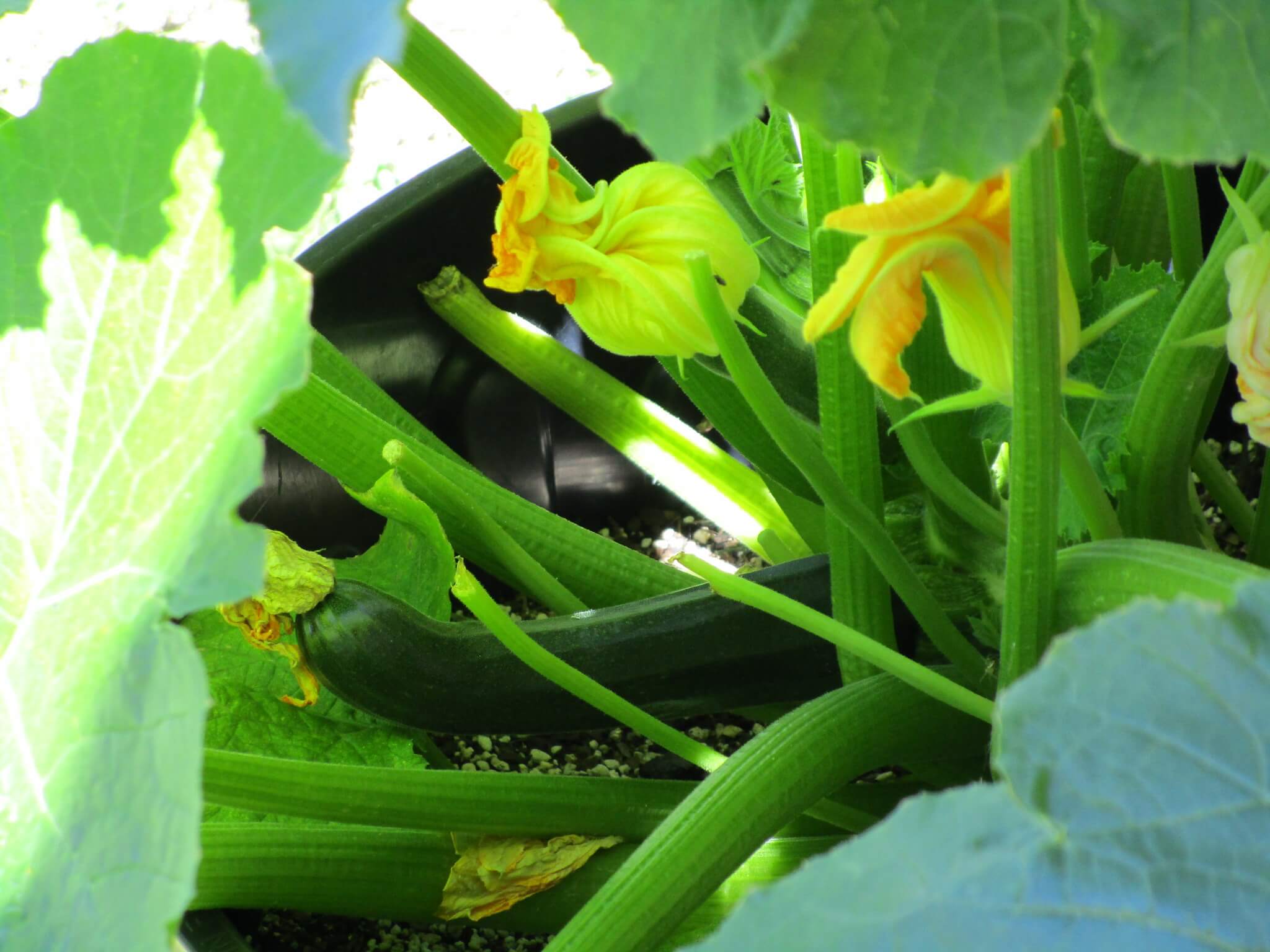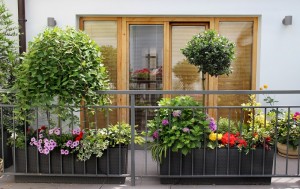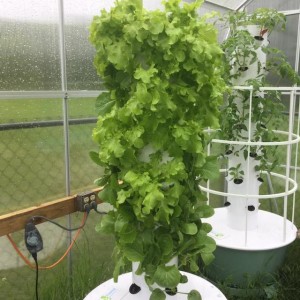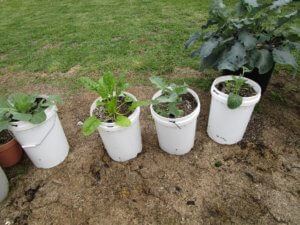I started growing zucchini in containers a few years ago using 20l /5gal self-watering buckets. I bought the seedlings from a local nursery.
The first year they turned out quite well and tasted delicious as all homegrown vegetables should. They do grow into a large plant and the second year they were grown in much larger self-watering bins.
These were put together much the same as the smaller buckets. The plastic bins are 60l or 13 gallon and are better suited to larger plants. In saying that, plants do adjust to the size container they are in.
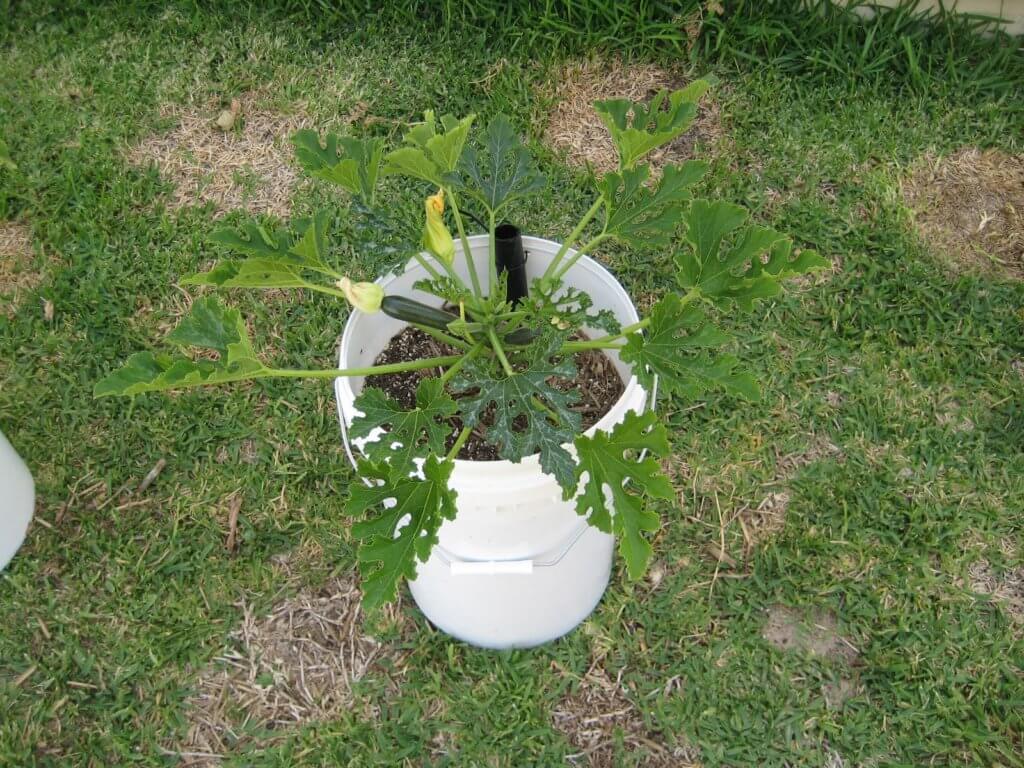
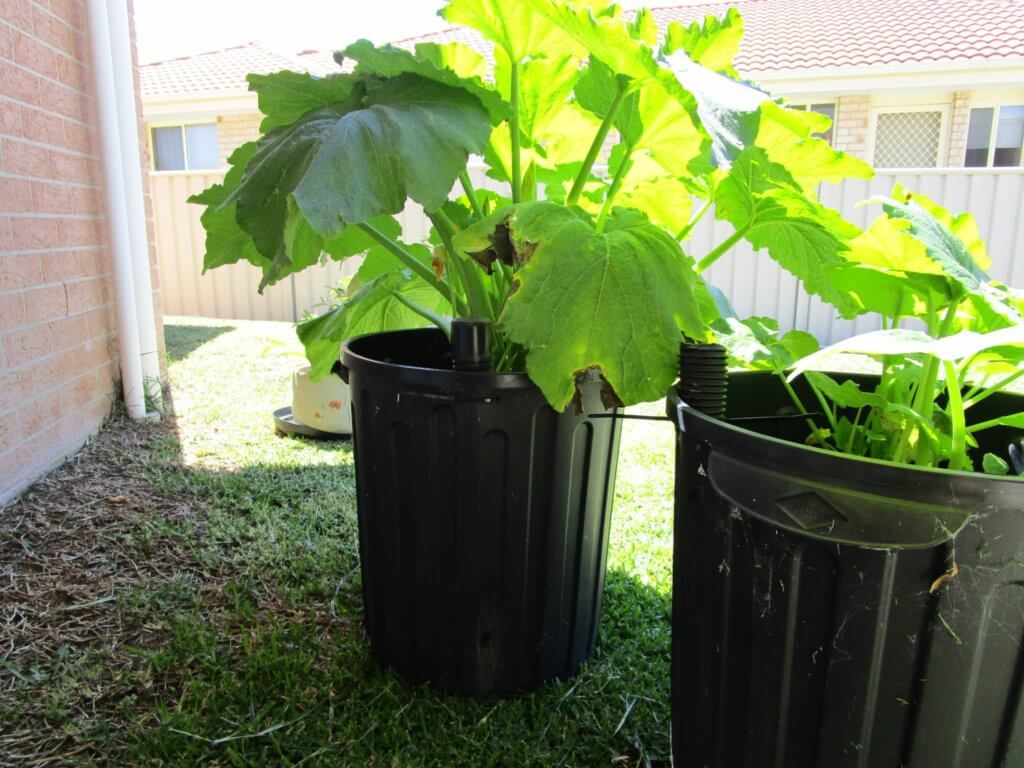
The zucchini will grow to the size that is limited by the container. In this case the plant size is much smaller than the plant on the left.
These bins are 3 times larger that the white buckets and the plants here are huge. Pretty much the same size as if grow in an open vegetable garden.
Feeding And Watering
Zucchinis demand frequent watering especially when full grown. This is more noticeable in a hot climate and our is with temps reaching high 30s to low 40s centigrade.
Watering has been made easy with the use of self-watering containers. There is no need to water everyday.
During formation of the zucchini water usage goes up as this vegetable is largely made up of water. As happens too often we see a small one and think I will just give it a few more days and all of a sudden you have a huge zucchini.
I did use premium potting mix that already has sufficient nutrients for a couple of months. I follow this up with regular liquid fertiliser made up largely of seaweed.
Growing zucchini in containers is very rewarding as they are easy to look after and produce a good amount form a single plant when given the right conditions
Problems With Growing Zucchini
There is only one real problem with growing zucchini and that is powdery mildew. When this first starts to appear I have removed the leaf or leaves. Making sure not to remove too many.
There comes a time when this is not possible without affecting the growth of the plant. There are a few different ways and one that I have seen is liquid copper fungicide. Put an amount of the liquid in a sprayer and add water.
Follow the directions on the product bottle. This natural antifungal treatment works quite well according to info on the internet.
The other problem I had was the lack of bees to pollinate the flowers. I had to use a cotton bud and get the pollen from the male flower and put it on the stigma of the female flowers and it worked just fine.
We have had droughts for a few years reducing the number of flowers for the bees to forage on. Thankfully as I am writing this post we have had some good rain, hoping this continues.
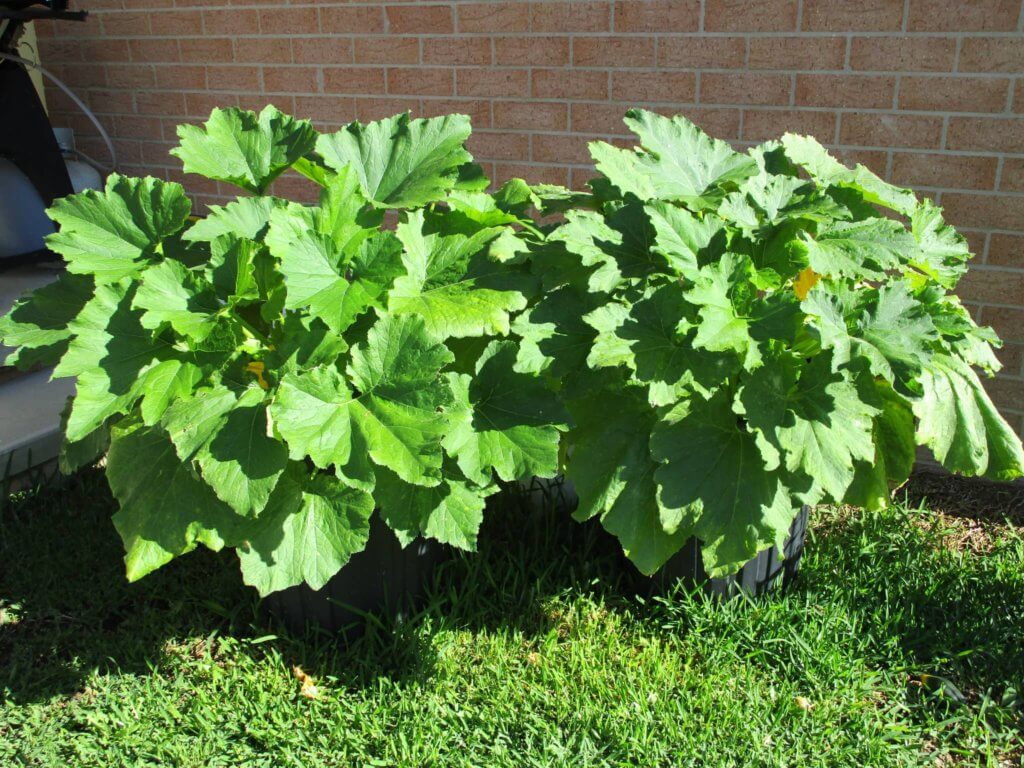
These are some of my zucchini grown in containers. They grow really well in these large bins
